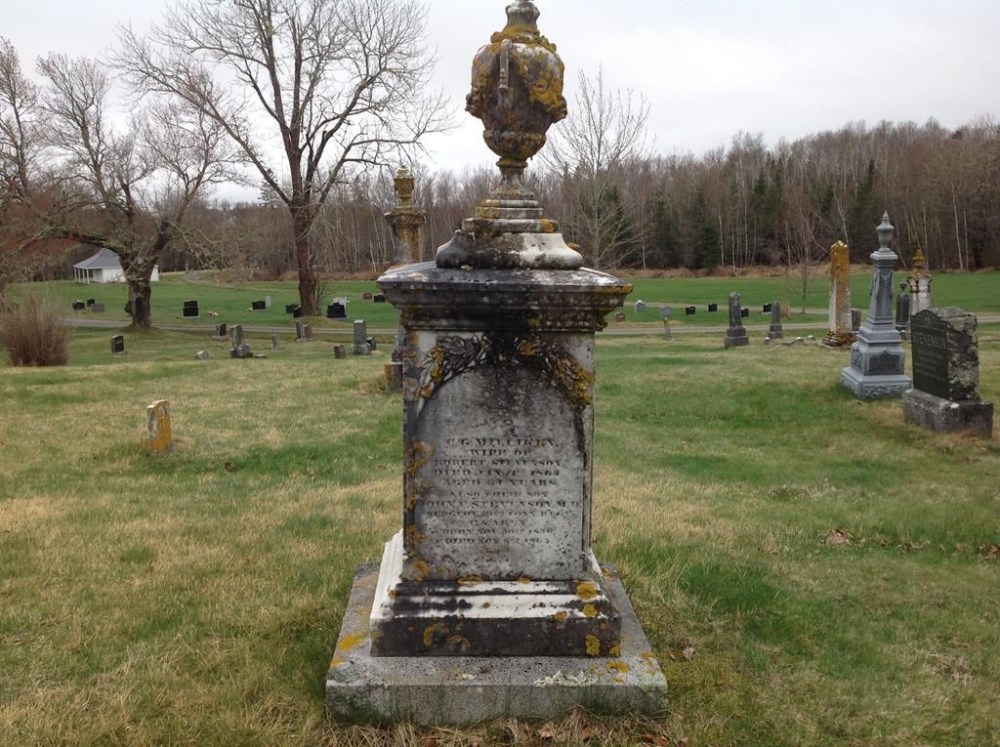American Civil War-era sword belonging to N.B. doctor to go on display in Saint John
Advertisement
Read this article for free:
or
Already have an account? Log in here »
We need your support!
Local journalism needs your support!
As we navigate through unprecedented times, our journalists are working harder than ever to bring you the latest local updates to keep you safe and informed.
Now, more than ever, we need your support.
Starting at $15.99 plus taxes every four weeks you can access your Brandon Sun online and full access to all content as it appears on our website.
Subscribe Nowor call circulation directly at (204) 727-0527.
Your pledge helps to ensure we provide the news that matters most to your community!
To continue reading, please subscribe:
Add Brandon Sun access to your Free Press subscription for only an additional
$1 for the first 4 weeks*
*Your next subscription payment will increase by $1.00 and you will be charged $20.00 plus GST for four weeks. After four weeks, your payment will increase to $24.00 plus GST every four weeks.
Read unlimited articles for free today:
or
Already have an account? Log in here »
Hey there, time traveller!
This article was published 27/12/2024 (312 days ago), so information in it may no longer be current.
FREDERICTON – A ceremonial sword that belonged to a New Brunswick doctor who served in the American Civil War has found its way back home, where it will be on display at the Loyalist House museum in Saint John, starting this summer.
Troy Middleton, vice-president of Loyalist House, said he was excited to have Dr. John F. Stevenson’s dress sword as part of the collection of the New Brunswick Historical Society, which operates the museum.
Middleton said he noticed the item for sale on Facebook by a private collector a little more than a year ago. Wanting to bring home this piece of Canadian-American history, the society raised the required $6,200, and the Canadian Museum of History donated the display case, he said.

“Anything from the American Civil War that you can trace back to the owner, you know, it adds a premium to artifacts,” Middleton said in an interview Friday.
“But to be able to physically hold something that a New Brunswicker owned, who served in the war — it’s not something that happens every day … you can physically connect an artifact to a person. It’s just hard to put into words. I was just very excited. Very excited.”
Stevenson was born Nov. 30, 1836, in St. Andrews, N.B.
In 1854 he graduated from King’s College in Fredericton — now called the University of New Brunswick — and attended Harvard Medical School in 1859.
He returned home to St. Andrews in 1861 and began practising medicine, but about three years later, in January 1864, he offered his services to the United States Medical Corp. Stevenson, who was white, was assigned as a surgeon with the 29th Connecticut Infantry, one of the African-American regiments that were raised after the Emancipation Proclamation — the announcement in January 1863 by then-president Abraham Lincoln that all people enslaved in the country were free.
Stevenson’s sword is nickel-plated steel with engravings on the blade. As a medical officer, Stevenson was entitled to wear a presentation or dress sword, Middleton added. “It’s decorative. It’s not sharp or anything like that. It’s because doctors, they didn’t fight battles,” he said, adding that ceremonial swords from the 1800s are rare.
Up to 50,000 Canadians, including Maritimers, took part in some capacity in the Civil War — a fact many people in this country are unaware of, he said.
Middleton, president of the 20th Maine Co., a non-profit group that searches for Atlantic Canadians who served in the American Civil War, said his research has identified 29 Black Canadians who joined the 29th Connecticut, of which three were from New Brunswick and one from Nova Scotia.
“Quite a number of doctors from Atlantic Canada went down,” Middleton said. I suppose it was a great way to hone their medical skills.”
Stevenson fell sick in 1865 and died on Nov. 8 that year in New York, on his way back to New Brunswick. His remains were sent home, and he is buried in the St. Andrews rural cemetery.
The New Brunswick Historical Society wants to organize a ceremony at the cemetery in spring or fall to honour Stevenson’s service and memory, Middleton said, adding that he looks forward to the sword going on display in July.
“It’s almost come full circle,” he said. “Where, how it disappeared 160 years ago we don’t know, but, you know, it’s turned up, and it’s now here in New Brunswick.”
This report by The Canadian Press was first published Dec. 27, 2024.
